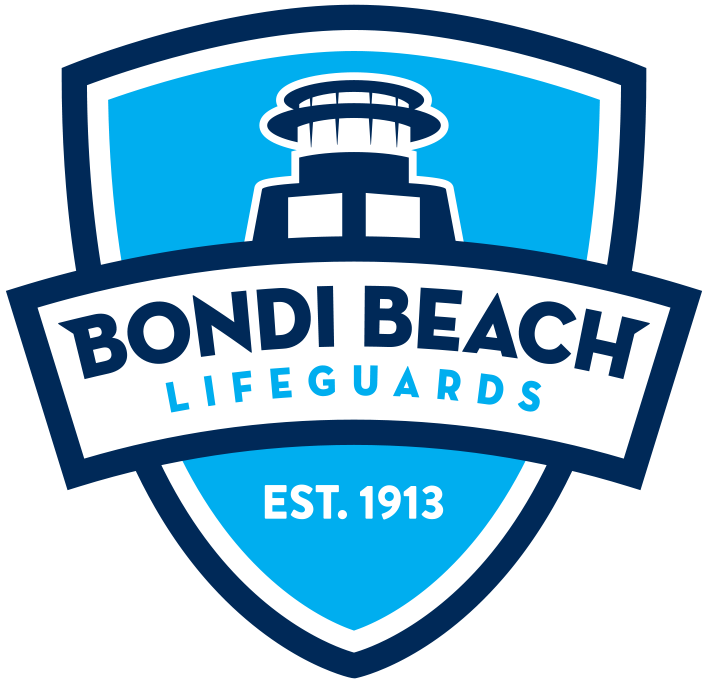Being lifeguards, we get to see the best, and also unfortunately the worst situations people can find themselves in at the beach.
We've put together some tips for you to use to help make your day on the sand and in the water a safe experience every time.
Before you leave home:
Remember to pack sun protection such as sunscreen, sunglasses and a hat.
Take a bottle of water. Hydration is very important in a hot environment such as the beach.
Always tell someone where you are going.
Check the weather conditions.
Never go to an un-patrolled beach.
When you arrive at the beach:
Use common sense. Read and obey all the signs on the beach. They are placed there to keep everyone safe.
Look to where the lifeguard tower is, this can save time in case of an emergency.
Find the location of the red and yellow flags. This is the designated swimming area that lifeguards deem the safest place for swimming on the beach. It should be the only place you go in the water if you are swimming.
When swimming:
Always check the depth when diving in.
Always swim with another person if its possible.
Never swim under the influence of drugs or alcohol.
If you are a parent, always watch your children closely when they are in the water.
Know your limits. The ocean can be very unpredictable at times so if you are unsure, don’t go in or ask a lifeguard for advice.
If you do happen to get into trouble:
If caught in a rip/current stay calm, float, call out for HELP and wave an arm to gain attention of nearby surfers or lifeguards. You should conserve your energy by floating on your back and staying calm. Most rips/currents will eventually take you back to the sand bank.
When you leave:
ALWAYS take your rubbish with you. The beach is a beautiful place and if you want it to remain beautiful you must keep it clean

